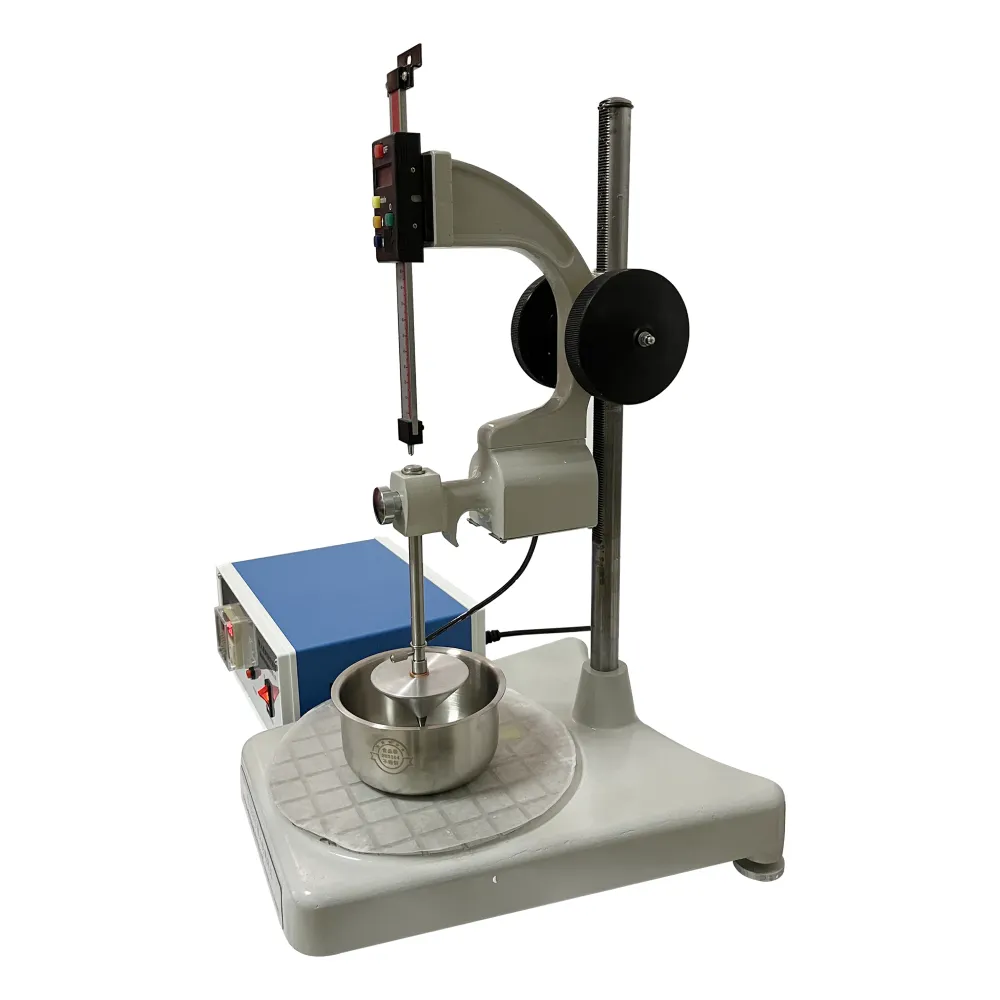 English
English


Comprehensive Testing Procedures for SMPS Transformer Performance and Reliability Evaluation
Testing SMPS Transformers A Comprehensive Overview
Switch Mode Power Supply (SMPS) transformers play a crucial role in the functionality and efficiency of power supplies used in various electronic devices. As the demand for reliable and high-efficiency power systems continues to grow, the testing and evaluation of SMPS transformers have become increasingly important. In this article, we will explore the key aspects of SMPS transformer testing, including its objectives, methods, and the importance of quality assurance.
Objectives of SMPS Transformer Testing
The primary objectives of testing SMPS transformers are to ensure their reliability, efficiency, and performance under various operating conditions. Key performance indicators include voltage regulation, load capacity, thermal performance, and isolation resistance. Testing also aims to identify potential failures in the transformers, such as insulation breakdown or winding short circuits, which could lead to catastrophic failures in the entire power supply system.
Moreover, testing helps verify compliance with industry standards and regulations. Different regions have specific standards for safety and performance, such as UL, IEC, and EN standards. These standards dictate the acceptable performance range and safety requirements for electrical components, including transformers.
Testing Methods
Several methods are employed in the testing of SMPS transformers, each serving a specific purpose
smps transformer testing

1. Electrical Testing This involves applying electrical signals to the transformer and measuring its response. Tests include - Turns Ratio Measurement This checks the ratio of the primary to secondary windings to confirm correct design and manufacturing specifications. - Insulation Resistance Testing This measures the insulation resistance between windings and between windings and the core to ensure there is no leakage current. - DC Resistance Measurement This helps in identifying any inconsistencies in winding resistance that may indicate faults.
2. Thermal Testing SMPS transformers are subjected to thermal stress testing to evaluate their performance under load conditions. By applying a load and measuring the temperature rise, engineers can ascertain whether the transformer can operate safely without overheating.
3. Load Testing This tests the transformer under different load conditions to assess voltage stability and overall performance. It helps to ensure that the transformer functions well across its intended operational range and can handle variations in load without significant performance degradation.
4. Compliance Testing This involves testing for compliance with various regulatory standards. Tests may include electromagnetic interference (EMI) testing, safety testing, and environmental testing to evaluate the transformer's performance in different conditions.
Importance of Quality Assurance
Quality assurance in SMPS transformer manufacturing and testing is vital for several reasons. First, it reduces the risk of failures in the end application, which can lead to costly downtime and repairs. Second, it ensures customer satisfaction by providing reliable and efficient products. Third, compliance with industry standards is necessary for legal and market access, especially in regulated industries like medical equipment and automotive systems.
In conclusion, testing SMPS transformers is a critical process that ensures the reliability and efficiency of power supplies in various applications. By employing a combination of electrical, thermal, load, and compliance testing methods, manufacturers can guarantee that their products meet the required performance standards and operate safely under specified conditions. The importance of rigorous testing cannot be overstated, as it directly impacts the quality, safety, and longevity of electronic devices in an increasingly power-dependent world. Thus, investing in comprehensive testing protocols is essential for any organization involved in the design and production of SMPS transformers.
-
Differences between open cup flash point tester and closed cup flash point testerNewsOct.31,2024
-
The Reliable Load Tap ChangerNewsOct.23,2024
-
The Essential Guide to Hipot TestersNewsOct.23,2024
-
The Digital Insulation TesterNewsOct.23,2024
-
The Best Earth Loop Impedance Tester for SaleNewsOct.23,2024
-
Tan Delta Tester--The Essential Tool for Electrical Insulation TestingNewsOct.23,2024





